STEINEL Switches

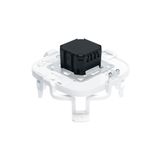


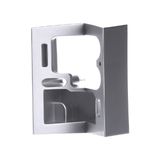
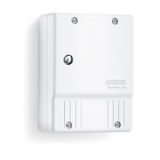
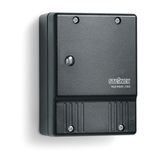

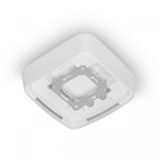

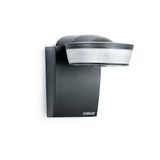
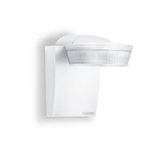

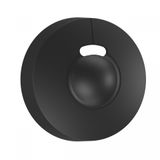
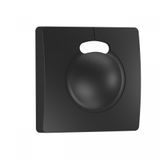
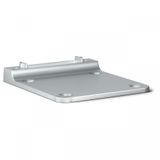
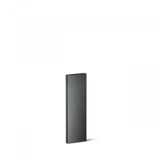
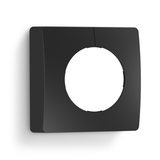
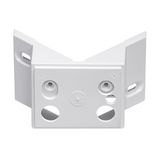
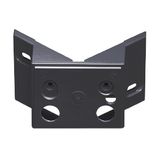

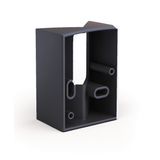


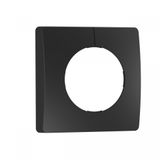

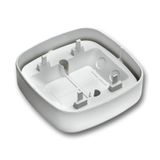
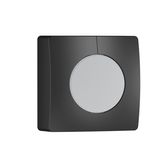
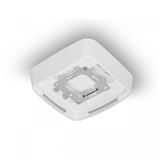
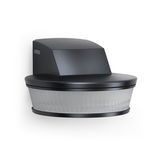
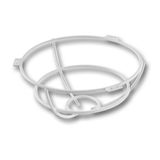
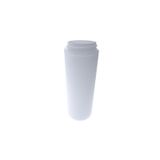

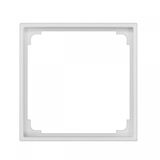



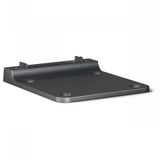

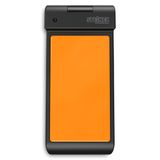

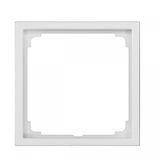


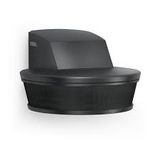
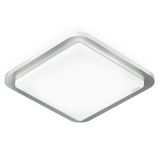
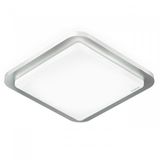
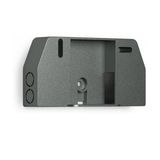
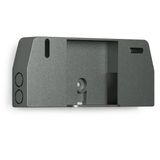

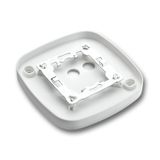
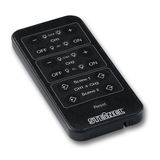

steinel switches overview for professional fit-outs
Projects use steinel switches where reliable human input must coexist with sensors and drivers. Bodies follow EU practice on 230 V AC, with 10AX/16AX ratings for LED and mixed loads, clear terminal marking, and consistent back-box geometry for 60–68 mm fixtures. Expect IP20 for dry rooms, IP44 with gaskets for wash areas, and operating windows around −25…+50 °C. Contact blocks tolerate inrush from electronic drivers; installers can choose latching, momentary, or changeover actions to match the control strategy.
steinel wall switches options and mounting
Flat, low-throw paddles for offices, raised keys for gloves-on plant rooms, and antibacterial bezels for healthcare are common. Depth stays friendly to shallow boxes; terminals accept 0.75…2.5 mm² copper with screw or push-in cages per EN 60999. For clean grid lines, frames share a standard pitch so multi-gang plates align with trunking and dado rails. When specifications call out steinel wall switches, crews usually lock bezel colour and engraving early to keep wayfinding consistent across floors.
steinel motion activated switches for corridors and stair cores
PIR and HF variants combine a detector with a relay or DALI trigger to automate traffic spaces. Corridor profiles provide fade-to-standby and hold times from 10 s to 60 min, with lux thresholds from roughly 5–1000 lx. HF heads work through thin covers where PIR would lose contrast; masking segments trim overshoot near glass doors. Using steinel motion activated switches on long runs is straightforward when scenes are broadcast on DALI to avoid ping-pong between adjacent zones.
steinel light control switches interfaces and dimming
Push-dim, 1–10 V, PWM, and DALI scene recall are typical interfaces alongside dry-contact inputs for third-party gear. Scene keys can call 0/30/70/100% or custom curves; “presentation” and “discussion” profiles appear often in classrooms. KNX gateways expose occupancy and level states to the BMS, while Bluetooth® tools speed parameter transfer during commissioning. On mixed legacy floors, steinel light control switches let installers keep 1–10 V for old drivers and broadcast DALI for new runs without creating a gateway bottleneck.
steinel electrical switches ratings and standards
Mechanisms are endurance-tested to the switching-device norms (e.g., EN 60669-1/-2-1). Contacts handle resistive up to 2,000 W and typical inductive/LED loads with inrush-rated designs; PF ≥ 0.9 drivers reduce stress on the keys. Plastics meet glow-wire 650 °C baseline (selected parts 850 °C) for safe use in insulated cavities. For wet entries and stairwells, IP44 kits with closed-cell gaskets keep the seal after servicing. Specifiers marking steinel electrical switches on drawings often pair them with locator LEDs and label windows so maintenance can trace circuits fast.
steinel automation switches integration with sensors and BMS
Keys, presence detectors, and daylight nodes form one logic chain when addressed on DALI-2 or exposed to KNX datapoints. Inputs accept inhibit signals from AV systems, and hand-off/auto modes align with facility policy. Group control reduces line count; broadcast keeps small jobs simple; addressed networks enable analytics such as run-hours and failure flags. In practice, steinel automation switches sit beside doorways to override occupancy logic for cleaning and events without breaking schedules elsewhere on the floor.
steinel power switches selection and protection
Where loads include fans, contactors, or high-bay drivers, select relays with inrush and arc-suppression fit for the worst bay. Use RC snubbers on inductive circuits and confirm MCB curves (B/C/D) against driver peaks. Temperature drift near south-facing walls can shorten life; keep heavy switching in cooler risers when possible. For exterior doors and plant areas, steinel power switches with stainless fixings and UV-stable bezels avoid creep and chalking under sunlight.
Applications and compatibility across building types
Apartments and hotels favour clean bezels with engraved icons; offices rely on scene keys tied to daylight bands; schools need big, durable paddles with lockable cleaning mode; logistics sites want HF corridor auto-on with timed fade-down. All models interconnect with DALI-2, 1–10 V, or simple switched circuits; SELV controls remain isolated at entry plates. Pair with Steinel automatics and control for presence logic and with Steinel luminaires where factory drivers accept broadcast or addressed commands.
Selection criteria for B2B clients
Start from task and interface: scene recall vs push-dim vs dry-contact. Fix mounting height, gang count, and frame system early so signage and accessibility stay compliant. Check inrush on LED banks and select 16AX where driver peaks demand it. Keep one IP44 kit across wet areas, standardise bezel colours, and lock engraving sets per floor. Record EAN/MPN for each variant to prevent late substitutions during procurement.
Advantages of working with Bankoflamps
B2B pricing aligns to room schedules, and we expose live EU stock before crews are booked. Quotes land in about an hour with EAN/MPN so variants stay fixed. Your portal shows lead times, shipment status, and downloadable price lists with stable validity windows. Approved accounts can use post-payment up to 30 days. We consolidate partials to cut freight, and a dedicated account manager cross-checks interface type, IP class, load rating, inrush behaviour, frame system, engraving, and back-box depth against your drawings so cartons arrive site-ready. We serve France, the Baltics, Germany, Spain, Italy, Belgium, and the Netherlands with tracked lead times and predictable pricing.